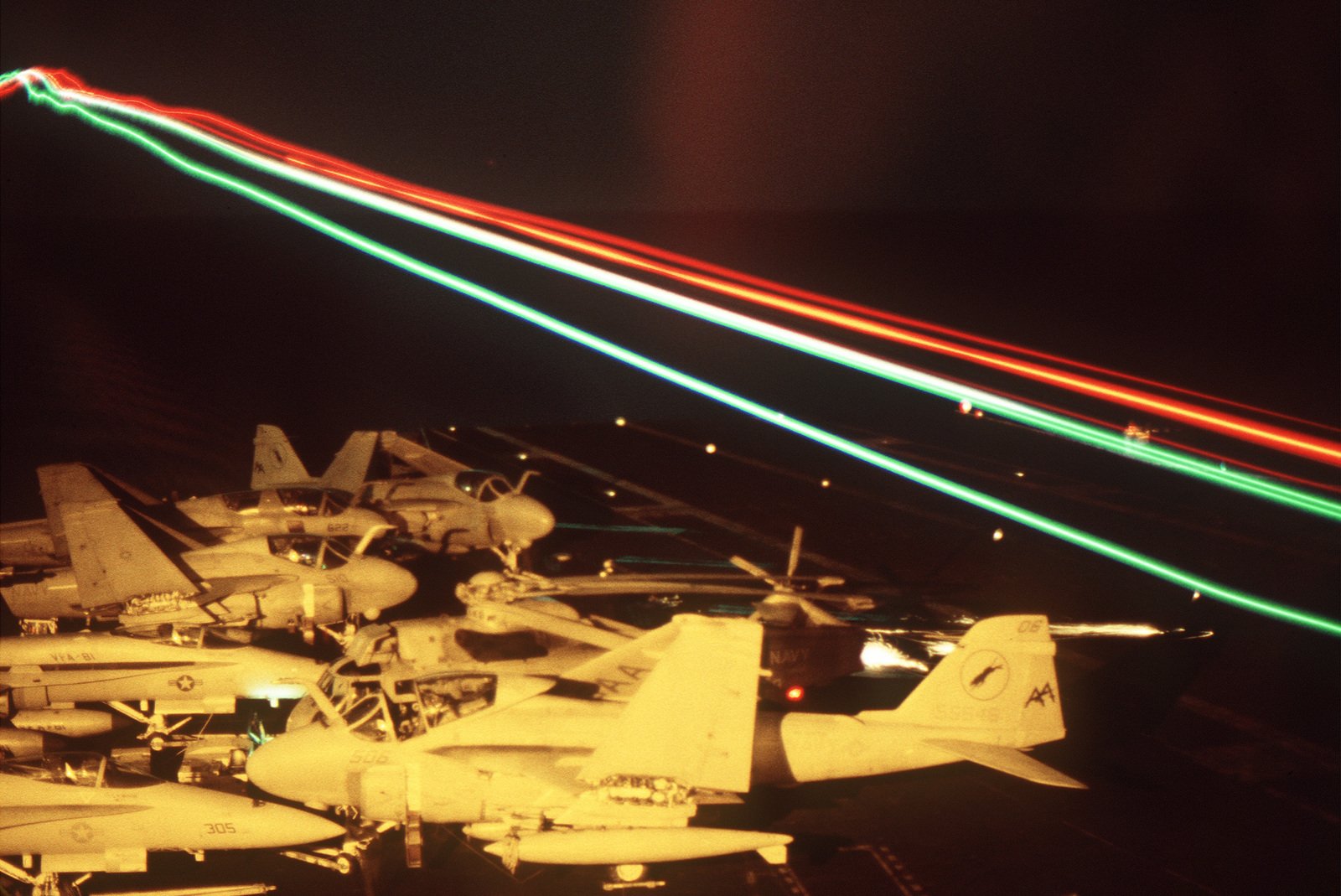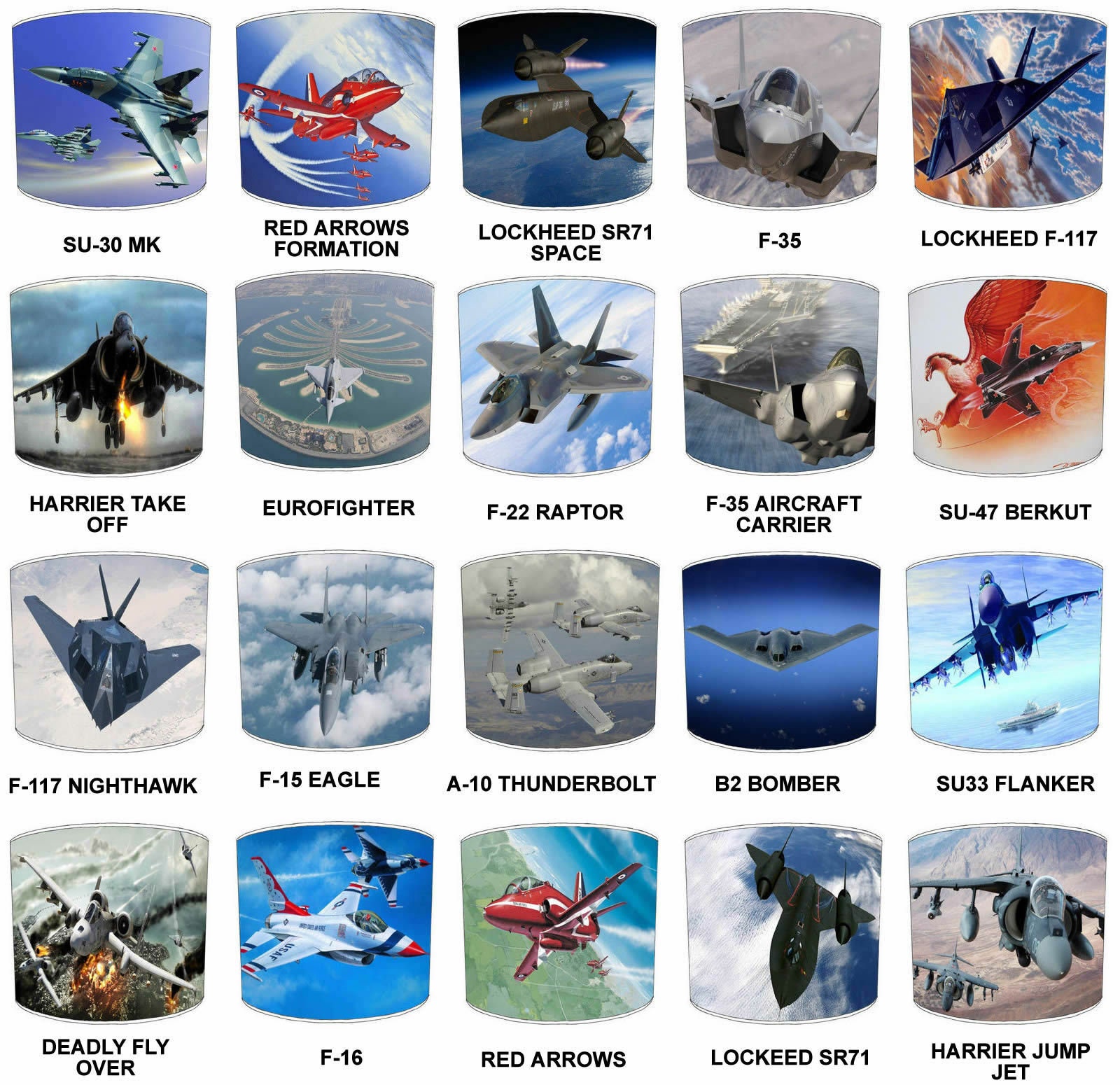Military Aircraft Lights At Night - I stumbled upon your lively blog/site and a fantastic description of airport and aircraft lights! Somebody said that simplicity is the essence of elegance and beauty! And I will add truth to it! Your explanations just go straight into the head and am sure I will not forget about what I learned about a few things which I didn't know at all.
Am an av enthusiast and it's great to hear from pros like you!! Strobe lights, also known as anti-collision lights, are flashing white lights located on the wingtips of an aircraft. On some planes, these lights flash in rapid bursts, while on most aircraft, they flash in the regular on/off manner.
Military Aircraft Lights At Night

The Safegate system illuminates the green centerline lights in front of the aircraft as it taxis, providing custom guidance from gate to runway. The pilot simply follows the lights to the runway. The green lights can be seen day and night.
Strobe White Anti-Collision Lights
On a long final approach, it's not uncommon to see four red lights. The pilots will maintain altitude until intercepting the 3 degree glidepath. The PAPI will then display two whites/two reds during the final descent to the runway.
White rotating beacons, mounted on towers, were spaced every 10 miles along the route. Beacons located at airports had flashing green lights mounted on the tower below the beacon. By 1933, 1,500 beacons were installed on the airway system.
I'm amazed by the lively animation picture!! Btw, do you know about 'No-entry bar'? Recently, I have found it from ICAO (annex 14, section 5.3.29) but I cannot find any information online. Is it different from stopbar?
Green Lights: Green in-ground centerline lights are often installed at busy airports and airports that experience bad weather to enhance taxi guidance and safety. Unlike the blue lights used to identify the taxiway edges, green centerline lights are very bright.
Formation Lights
Pilots can see and follow them in the worst weather conditions, day or night. Landing lights are the most powerful and provide the most significant illumination to the flight crew. You will typically find landing lights mounted on the wing, nose, or underneath the fuselage of an aircraft.
They are positioned downward to illuminate the runway and, as mentioned earlier, are sometimes used as taxi lights when dimmed. Thanks for the comments, I really appreciate it. There have been a lot of new developments in lighting technology since I started flying over 30 years ago.
It's hard for us Class B "regulars" to keep up, too! Just the other day, I saw some oddball lights in Vancouver that I hadn't seen before. Something new every day. Note that not all runways have the same light configuration.
The runway at St. Thomas, USVI, has only basic edge lighting because the weather is usually gorgeous. Foggy San Francisco, on the other hand, needs a full lighting system for low visibility weather. Some military aircraft have dedicated lights positioned on the plane to aid pilots in maintaining the correct position when flying in formation.
Taxiway Signs
They are often only visible in the infrared spectrum, which is visible only when using night vision equipment, allowing the aircraft to keep their lights off for operational reasons. Without a doubt, my favorite airport light is the granddaddy of them all: the Aerodrome Rotating Beacon.
The origins of the beacon go back to the 1920's. Most every airport in the US has one. Outside of the US and Canada, airport beacons are rare. The purpose of the lights is exactly what you would guess from the name.

Pilots want to touchdown within the touchdown zone to ensure adequate runway is available to stop the aircraft. If the aircraft will touch down beyond this area, it's time to go around and try again. Although not technically airport lights, taxiway signs are well illuminated and easy to see.
Yellow and black signs identify taxiways. A black background with yellow characters (A3) identifies which taxiway the aircraft is on. A yellow background with black characters (A4) identifies a crossing taxiway. You may have noticed the seemingly random flashing and solid lights on an aircraft and wondered what they are supposed to mean.
Want To Know More About The Military?
This article will explain all the different lights you may encounter on an airplane and their purpose. Thanks Jennifer!! I really like the colors and brightness of the new LEDs (both aesthetically and operationally). They just look really cool.
It would be interesting to know the impact LEDs have on an airport's electric bill. If I only knew an accountant that worked at an airport… As a passenger, the PAPI is a little more challenging to spot than other lights.
Look for the four light array near the end of the runway. They can be located on either side. The best time to spot them is at the beginning of the takeoff roll or just before touchdown.
When viewed from the ground, all four lights will be red. Runway Edge Lights: The lights that mark the left and right edges of the runway are primarily white. The edge lights along the last 2000 feet of the runway are yellow to let the pilots know that the end of the runway is approaching.

Taxi Lights
This is useful information for both takeoff and landing. My first flight (1966) was a North Central DC-3 from DTW to MQT with 6 or 7 hops. The stewardess somehow found time to serve drinks between landings.
The last stop at IWD was memorable; the main building was a large quonset with 'FORD TRIMOTOR' painted above the hangar doors. The pilot came to a stop, opened his side window, exchanged envelopes and we were on our way.
Runway Centerline Lights: Runways used for low visibility operations have white centerline lights installed every 50 ft to help pilots maintain directional control during takeoff and landing. Starting the last 3000 ft of runway, the lights alternate white and red.
The last 1,000 feet of runway has solid red centerline lights. In the last few years, new types of lights have been added to enhance safety. One of the most prominent are Runway Guard lights. Introduced in 1995, these flashing amber lights warn pilots that they are about to taxi onto a runway.
Red Stop Bar Lights
WITHOUT DOUBT THE SINGLE GREATEST THING I HAVE EVER READ ON THE INTERNET. I thought I was the only one but as a purist and someone who enjoys building model airports this is one of the best visual, humorous and comprehensive round up ever.
Truly well done it's been a pleasure and will always hold the number one bookmark on my browser Landing lights. These are high-intensity lights used to illuminate the runway for take-off and landing. They are usually located on either the landing gear strut or under the wings or aircraft fuselage.

Their usage depends on airline and local policies, but usually they are illuminated on takeoff after entering the active runway, and on landing on approach when below 10,000 feet. Capt. Hoke Thank you for shedding some "light" on one of the many aspects of airport procedure.
Your easy to understand explanations are a great comfort to us non-rated types that find the airport a most perplexing place. This is a great reference. I know there are a few dozen different types of airfield light bulbs, having worked in the lighting industry.
To Aid Pilot Visibility
But I definitely did not know how many dozens of different types of fixtures — of all colors, sizes, configurations, etc., there were in any given airfield/airport/taxiway/runway. Great job on this, I learned a lot that I didn't know before.
Also finally found out what ALS stands for, so thank you! Be sure to get the latest news about the Military, as well as critical information about how to join and all the benefits of service.
Subscribe to Military.com and receive customized updates delivered straight to your inbox. There are several different configurations for approach lights. The type of instrument approach to the runway determines the design of the approach lights. Designs also vary in different parts of the world.
The purpose of all the designs is the same: provide pilots with the visual cues necessary to properly align the aircraft for landing during bad weather. In addition to providing illumination for the crew, landing lights also improve the aircraft's visibility.

Making The Aircraft More Visible
On newer aircraft, supplementary systems such as the Alternating Landing Light System (ALLS) pulse the left and right landing lights in alternating fashion, further increasing visibility. These systems can even be found on newer General Aviation (GA) aircraft such as the Cessna 172, with a "recognition light" setting activating the ALLS.
Occasionally a mistake causes an aircraft to be in a position that it can't taxi out of; like a dead-end or facing another aircraft. In this case, a push-back tug may be required to push the aircraft back to the correct taxiway.
Blue Lights: Taxiway edge lights are always blue. The blue taxi lights are easy to spot from the terminal and are often the first airport lights seen by passengers. Blue taxiway lights are typically illuminated after dark and during bad weather.
For many airports, the blue lights are all that is necessary to mark the taxiways. It was on this DC3 flight that I took notice of the colorful runway lights (as a kid, I was a traffic sign/signal junkie) and I now know what all of the pretty colors mean.
Taxi Lights
Thank you! Their use stems from the 19th Century when red and green lights started to be used on shipping for the same identification purposes. These became a legal requirement for shipping in the US in 1838 and in the UK in 1846. Their use has since extended internationally, and to aircraft and even spacecraft.
Beacon lights flash in an alternating on/off fashion. Newer aircraft such as the latest Boeing and Airbus airplanes use LED (Light-Emitting Diode) lights as anti-collision lights, and their red flash (the “on” cycle) is noticeably longer than their Xenon counterparts.
Although every aircraft may have slightly different lights, a framework of the same types of lights exists. The types of lights fitted to an aircraft depend on the type of aircraft, operation, and even the time of day.
Colorful lights cover taxiways and runways to help pilots navigate the airport. Red, blue, green, amber, and white lights glow, flash, and race across the ground. It's time to find out what the colored airport lights mean and how pilots use them!
Runway Turnoff Lights
airplane lights at night, aircraft signal lights, lights on an aircraft, aircraft lights red green, wing lights on aircraft, aircraft lights diagram, aircraft light colors, aircraft position lights regulations
